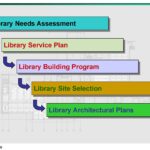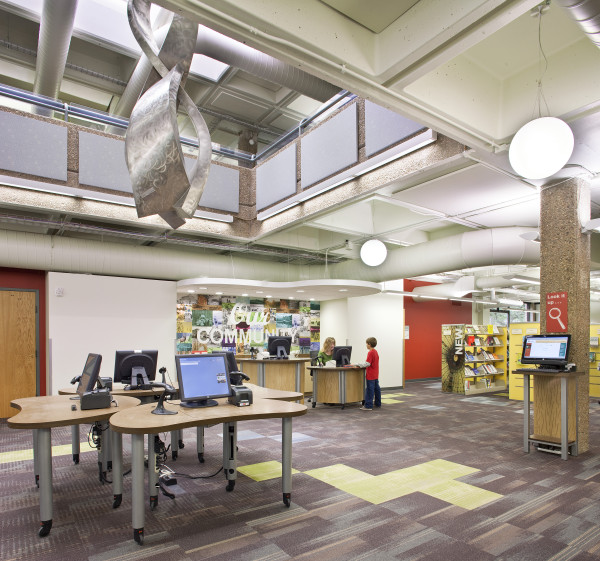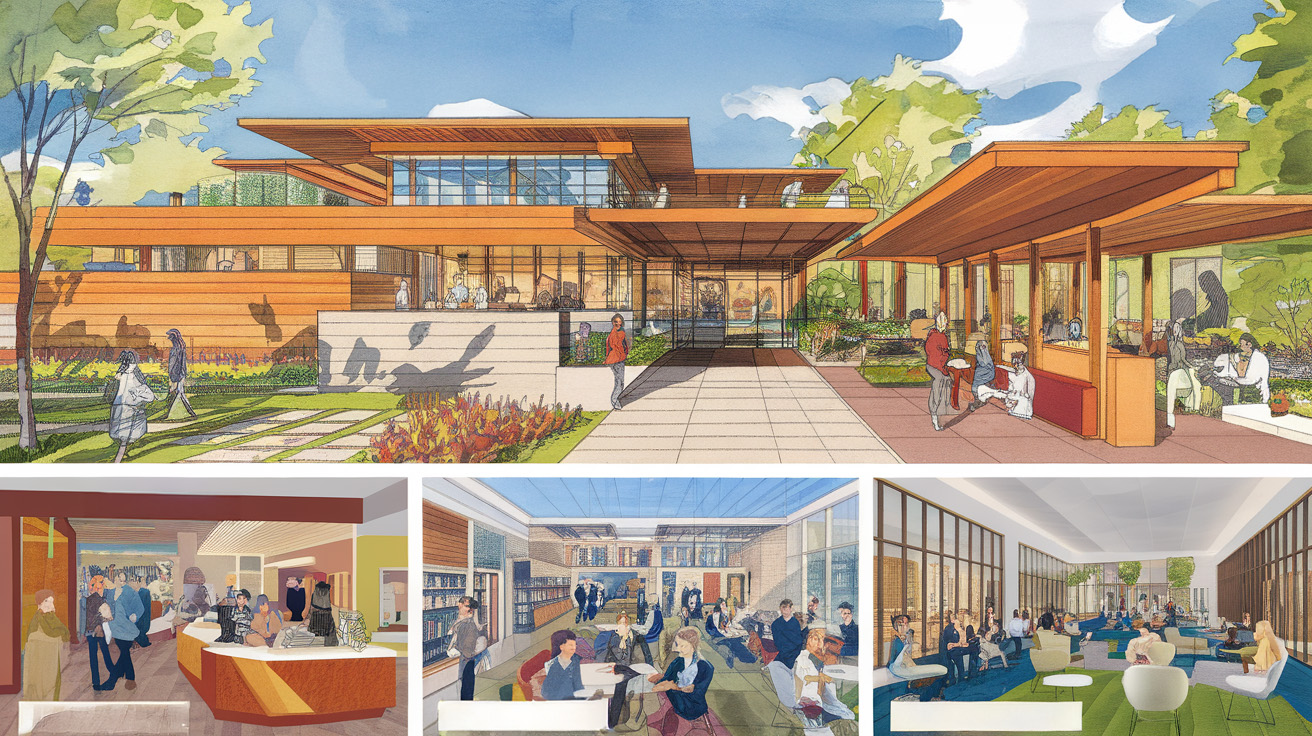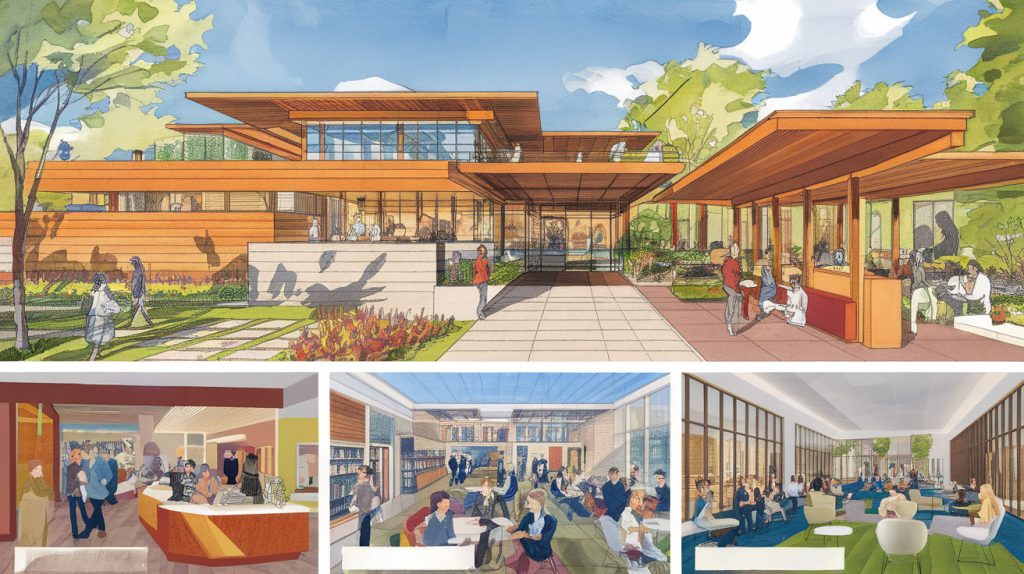Posted inLibrary Planning Research Space Planning
Quality Approach to Library Planning
Planning the Academic Library For decades, the question "How many seats should be in an academic library?" has been a cornerstone of library planning. The answer, traditionally, has been derived…






































































